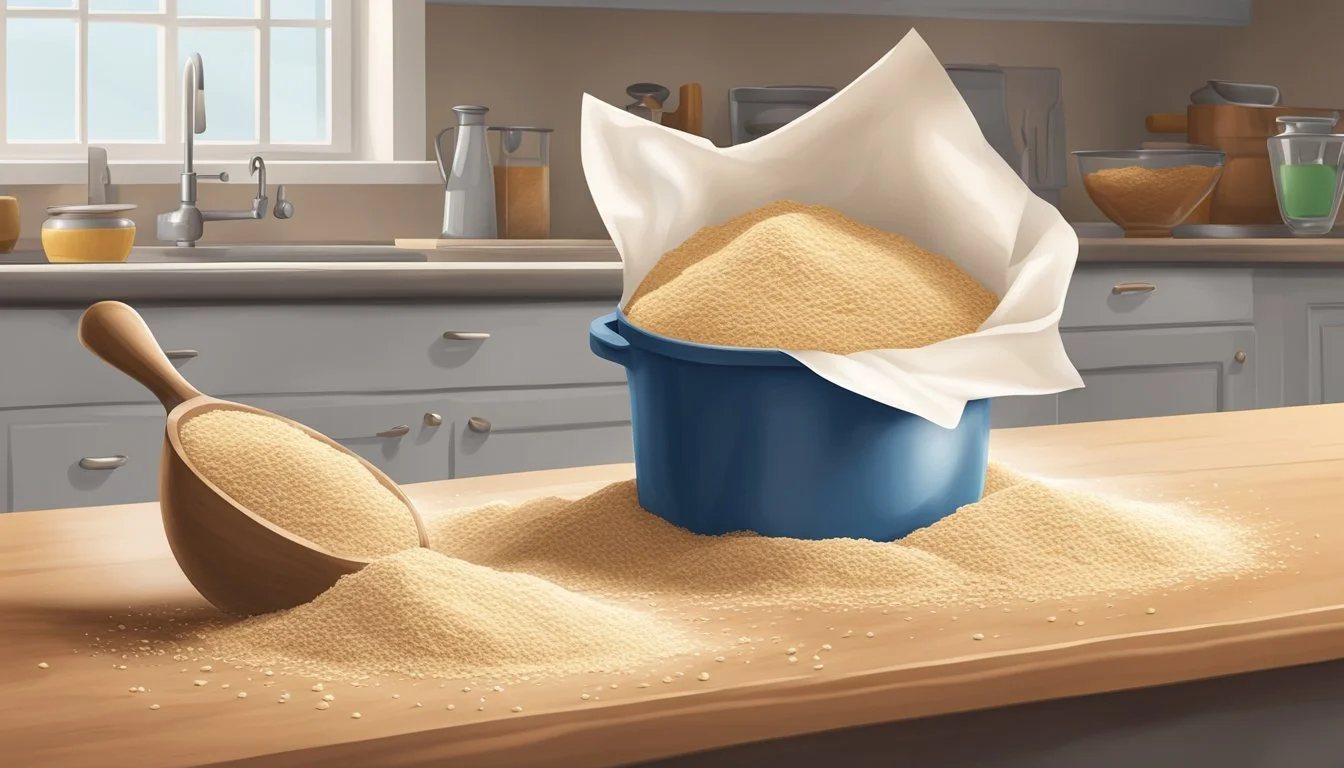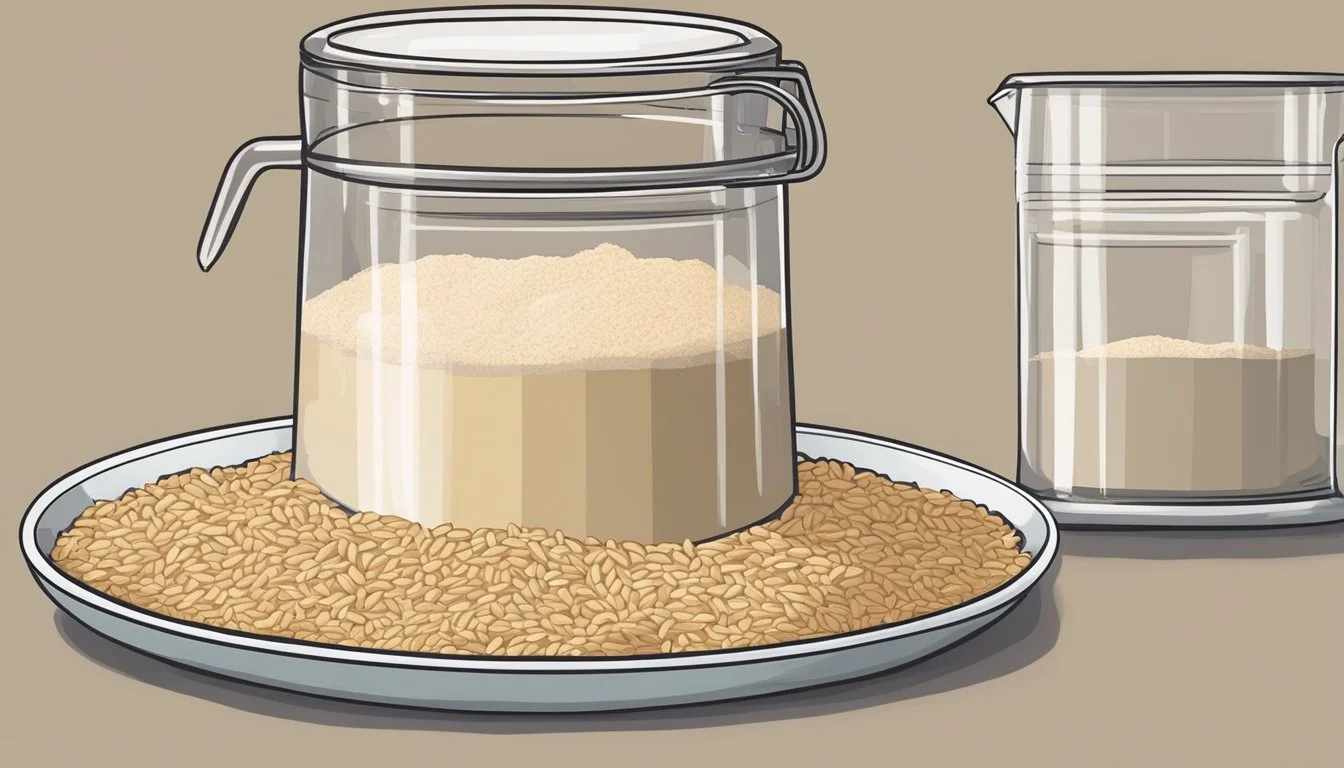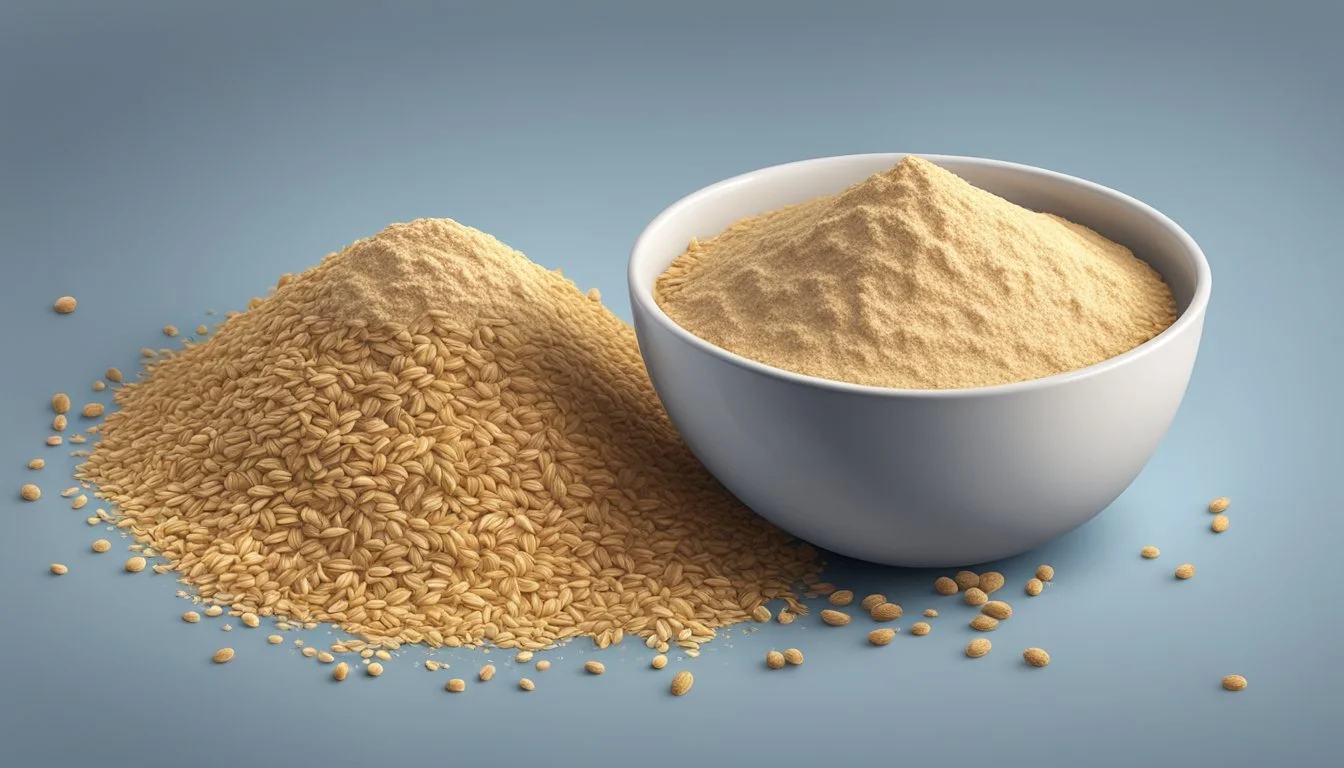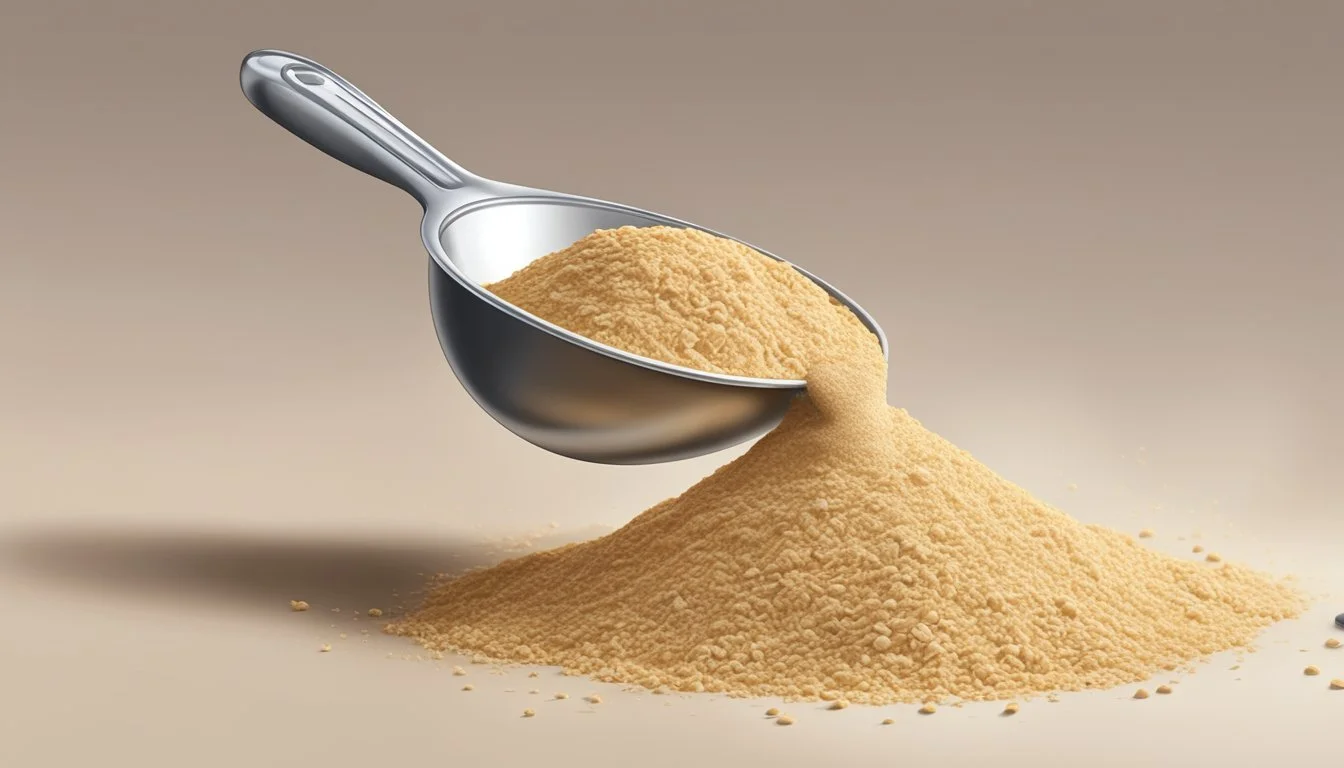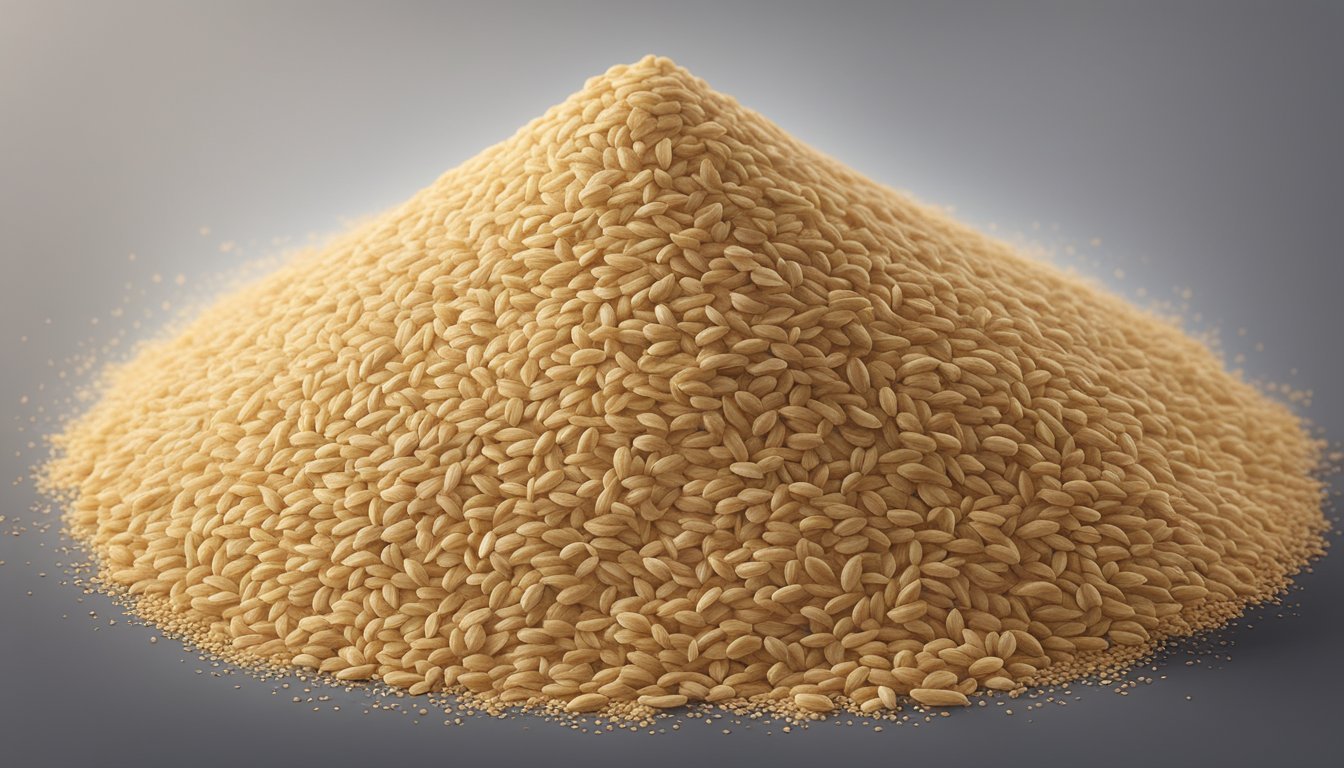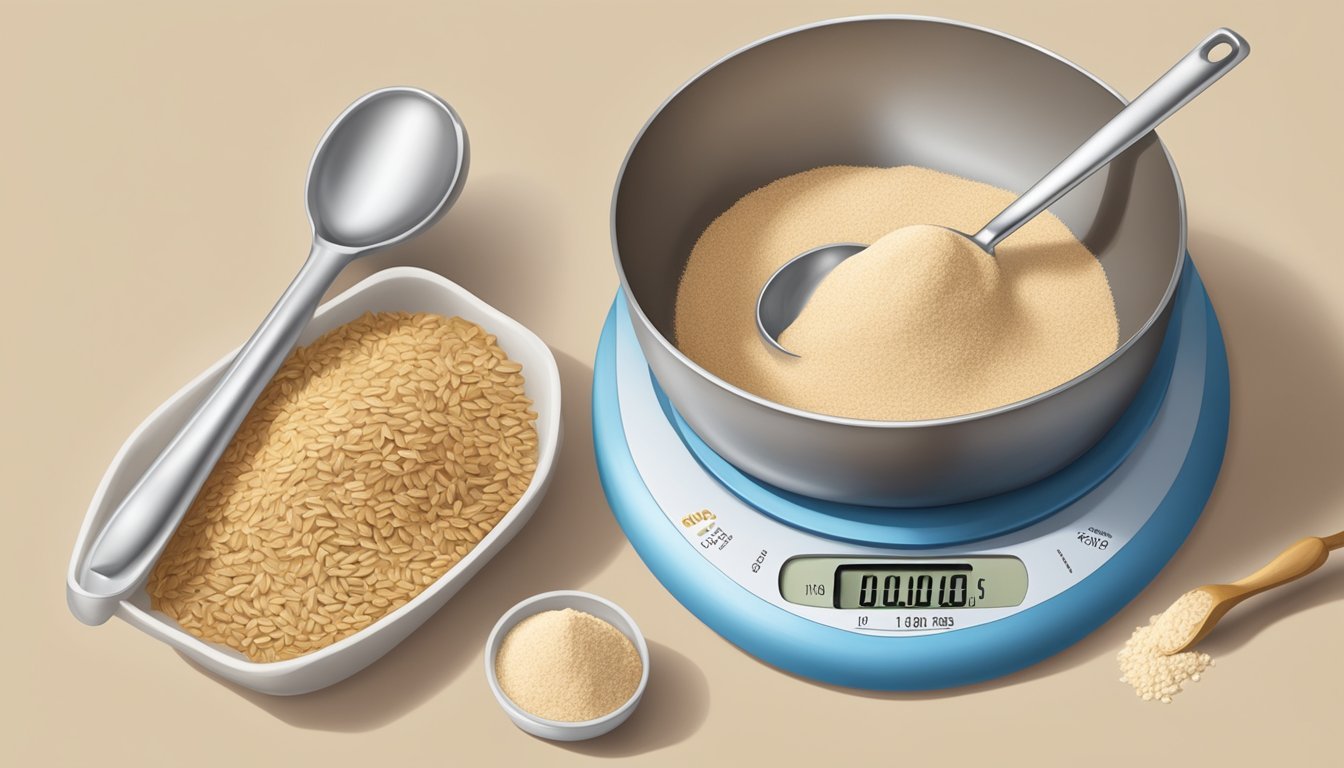How Many Tablespoons in a Pound of Whole Wheat Flour?
Measurement Guide
When it comes to baking and cooking, precision is key. Many recipes call for ingredients by weight rather than volume, making it necessary to understand the conversion between the two. This is particularly true for ingredients like whole wheat flour, where a standard conversion can mean the difference between a successful bake and a culinary mishap.
For those working with whole wheat flour, a common question arises: how many tablespoons are in a pound of this healthy, nutrient-dense ingredient? Accurate conversions are essential not only for recipe adherence but also for scaling recipes up or down. Typically, one pound of whole wheat flour is equivalent to approximately 56 tablespoons. This conversion can serve as a helpful baseline for measuring out flour when a scale is not at hand.
Understanding Flour and Its Types
Flour is a fundamental ingredient in baking and cooking, commonly made by grinding grains, seeds, or nuts. Different types of flour cater to various baking needs due to their unique properties.
All-purpose flour is a versatile type widely used for its balance between hardness and softness. It has a protein content of approximately 10-12%, making it suitable for a broad range of baked goods.
Whole wheat flour includes the bran, germ, and endosperm of the wheat kernel, offering more fiber and nutrition. It typically contains about 14% protein, adding robust flavor and denser texture to breads.
White whole wheat flour is milled from white wheat rather than the traditional red wheat, resulting in a lighter flavor and texture while still retaining the nutritional benefits.
Bread flour has a higher protein content, usually around 14-16%, contributing to strong gluten networks for chewy textures, ideal for bread and pizza dough.
Cake flour is finely milled with a low protein content, between 5-8%, which allows minimal gluten formation, yielding tender and light cakes.
Pastry flour, with a protein content of 8-9%, strikes a balance that is perfect for pies and tarts, where a tender yet stable crust is desirable.
Less conventional flours like almond, coconut, buckwheat, and oat flour provide gluten-free options with varied flavors and nutritional profiles.
Self-rising flour includes a leavening agent, making it a convenient choice for recipes where a rise is needed without separate baking powder.
Lastly, spelt flour offers a nutty taste and is an ancient grain alternative, whereas rye flour contributes a distinct flavor commonly found in rye bread.
Type of Flour Protein Content Best Use All-Purpose Flour 10-12% General Baking Whole Wheat Flour 14% Nutritious Breads White Whole Wheat 13-14% Lighter Whole Wheat Baking Bread Flour 14-16% Bread and Pizza Dough Cake Flour 5-8% Tender Cakes Pastry Flour 8-9% Pies and Tarts
These distinctions help bakers select the right flour for the desired outcome, whether it's fluffy cupcakes or crusty bread.
Fundamentals of Measuring Ingredients
In the realm of baking, understanding the conversion between different units of measure is crucial for successful outcomes. Accuracy in measuring ingredients ensures the intended texture and flavor of the final product.
Unit Conversions and Measurements
When cooking or baking, one often encounters the need to convert measurements between weight and volume. A typical volume unit used is the US cup, which can then be broken down into US tablespoons and teaspoons. For example, 1 US cup is equivalent to 16 US tablespoons or 48 teaspoons. Conversely, weight measurements are typically recorded in ounces or grams. A kitchen scale is an invaluable tool for such weight measurements, ensuring greater accuracy than volume measurements can offer.
Volume Unit Equivalent 1 US cup 16 US tablespoons 1 US tablespoon 3 teaspoons 1 teaspoon —
It is important to note that weight to volume conversion will vary based on the ingredient in question. One pound of whole wheat flour is approximately 30 to 34 US tablespoons—an estimation that assumes a scoop and sweep method for measuring the flour, leading to variations in the actual conversion number.
The Importance of Measurement Accuracy
Accuracy in ingredient measurements is vital for consistent results. Failure to properly measure can lead to errors or omissions that significantly affect the finished product. Using a kitchen scale to weigh ingredients like whole wheat flour can drastically reduce the chance of adding too much or too little to a recipe, as measure by weight is more reliable than by volume. Standardized conversions from weight to volume measure such as those for whole wheat flour are approximations that can't take into account every variable, such as the compaction of the flour in the measuring spoon or the ambient humidity affecting ingredient density. Therefore, for the most precise baking, a kitchen scale that reports in ounces or grams is indispensable.
Specific Weight to Volume Conversions
When converting weight to volume, one must consider the density of the material. Specifically for whole wheat flour, this conversion is crucial for recipes that require precise measurements.
Converting Pounds to Tablespoons
A pound (lb) is a unit of mass used in the imperial system, while a tablespoon (tbsp) is a unit of volume. Since whole wheat flour is less dense than water, it occupies more volume per pound. The standard conversion for all-purpose flour is approximately 28.3 tablespoons per pound. Given that whole wheat flour is slightly denser, one pound of whole wheat flour typically equates to slightly less than 28.3 US tablespoons.
Weight in Pounds (lb) Volume in Tablespoons (tbsp) 0.5 lb ~14.15 tbsp 1 lb ~28.3 tbsp 1.5 lb ~42.45 tbsp 2 lb ~56.6 tbsp
Factors Influencing Flour Weight
Two primary factors that influence the weight of whole wheat flour are humidity and density.
Humidity: Flour absorbs moisture from the air, which can increase its weight. The higher the humidity, the more likely the flour's weight will be affected.
Density: The way flour is packed can significantly impact its density. Loosely spooned flour will have less weight per tablespoon compared to flour that has been sifted or packed down.
To ensure accuracy, chefs and bakers often use scales to measure flour by weight, which is not influenced by these variables.
Ingredient-Specific Conversion Insights
When converting tablespoons to pounds for whole wheat flour, a precise and straightforward approach is essential. Whole wheat flour typically weighs about 113 grams per cup. Since there are 16 tablespoons in a cup, this would equate to approximately 7 grams per tablespoon.
For sugar ingredients, the weight per tablespoon varies:
Granulated sugar is about 12.5 grams per tablespoon.
Brown sugar, when packed, weighs around 13.8 grams per tablespoon.
Icing sugar or confectioners' sugar usually comes in at 7.5 grams per tablespoon due to its finer texture.
Caster sugar falls between granulated and powdered sugar at around 12.5 grams per tablespoon.
Coconut sugar typically weighs about 12 grams per tablespoon, similar to granulated sugar.
Turbinado sugar has a coarse texture, with an average weight of 12 grams per tablespoon.
With molasses and honey, the weights are heavier due to their density:
Molasses weighs about 21.5 grams per tablespoon.
Honey is roughly 21 grams per tablespoon.
Ingredient Weight per Tablespoon (grams) Whole Wheat Flour 7 Granulated Sugar 12.5 Brown Sugar 13.8 Icing Sugar 7.5 Caster Sugar 12.5 Coconut Sugar 12 Turbinado Sugar 12 Molasses 21.5 Honey 21
Given that one pound equals 453.6 grams, understanding the weight of each ingredient per tablespoon aids in accurate conversions. When measuring dense or moist sugars like brown sugar or molasses, they must be packed into the measuring spoon to achieve the correct weight. For dry sugars, a spoon-and-level approach is appropriate for optimal accuracy.
Complementary Ingredients in Recipes
In baking, precise measurement of ingredients is essential for the success of a recipe. This section examines recipe-specific measurements, the influence of fats and liquids in measurement, and common solid ingredients in recipes.
Recipe-Specific Measurements
Recipes often call for very specific amounts of ingredients to ensure the desired outcome. When measuring dry components like whole wheat flour, standard conversion is necessary. For example, when dealing with whole wheat flour:
1 cup of whole wheat flour typically weighs around 4.5 ounces.
This means that the number of tablespoons in a pound will vary, but given that there are 16 ounces in a pound and 1 ounce roughly equates to 2 tablespoons, there are approximately 32 tablespoons of whole wheat flour in a pound.
Role of Fats and Liquids in Measurement
Fats and liquids in a recipe contribute to the structure and consistency of the baked good. Their measurement can influence the overall texture and cohesion. Common liquids include:
Water, milk, buttermilk, oils (like olive and coconut oil), and eggs which hydrate dry ingredients and can act as a binder.
Fats like butter, margarine, and peanut butter can affect measurements due to their density and how they are incorporated within the mixture.
Common Solid Ingredients in Baking
The accurate measurement of solid ingredients is important for the structural integrity and flavor profile of baked goods. Some frequently used solid ingredients comprise:
Grains: e.g., rice, semolina flour
Sweeteners: e.g., chocolate, maple syrup
Dairy: e.g., cheese, cream cheese
Fruits and Nuts: e.g., berries, nuts, chocolate chips
These are measured by weight or volume, with specific conversions necessary to ensure consistency across different recipes. The use of ingredients like baking powder, baking soda, and salt plays a pivotal role in chemical reactions within baking that affect rise and taste.
Frequently Asked Questions
Q: How many tablespoons are there in one pound of whole wheat flour? A: There are approximately 60.5 US tablespoons in one pound of whole wheat flour.
Q: Can the conversion between pounds and tablespoons vary for different types of flour? A: Yes, the conversion can slightly differ based on the type of flour due to its density. It's specific for whole wheat flour in this case.
Q: Why is it important to know this conversion? A: Knowing this conversion is crucial for baking and cooking to ensure precise measurements, especially when scaling recipes up or down.
Q: Is there a general formula to convert pounds to tablespoons for all types of flour? A: While specific conversions can vary, a general rule of thumb is that 1 pound of flour typically equals around 30 to 32 tablespoons. However, it's always best to look up the exact conversion for the flour type in use.
Please note: 1 pound (lb) = 16 ounces (oz), and cooking measurements can vary based on factors such as packing and temperature. Using a kitchen scale to measure by weight is recommended for greater accuracy.
Final Notes and Disclaimer
When measuring whole wheat flour from pounds to tablespoons, a degree of precision is crucial. However, it's important for readers to understand that there can be slight variations in measurements due to factors such as flour density, compaction, and moisture content.
Disclaimer: This article intends to provide general guidance and may not account for every variable. The conversion provided is based on the standard weight of whole wheat flour, which can vary from brand to brand. The author or publisher is not responsible for any discrepancies or issues that arise from the use of the conversions mentioned herein.
For errors or omissions: Should users find any discrepancies, they are encouraged to perform their own measurements or consult additional resources for confirmation.
Table of Standard Conversions for Whole Wheat Flour:
Measurement in Pounds Equivalent in Tablespoons (Approx.) 1 lb 60.5 tbsp
It's imperative to use a calibrated scale for precise measurements, especially in baking, where accuracy is key. Readers should also note that while this conversion table is a helpful starting point, they must treat this information as a basic guideline rather than an absolute standard.

